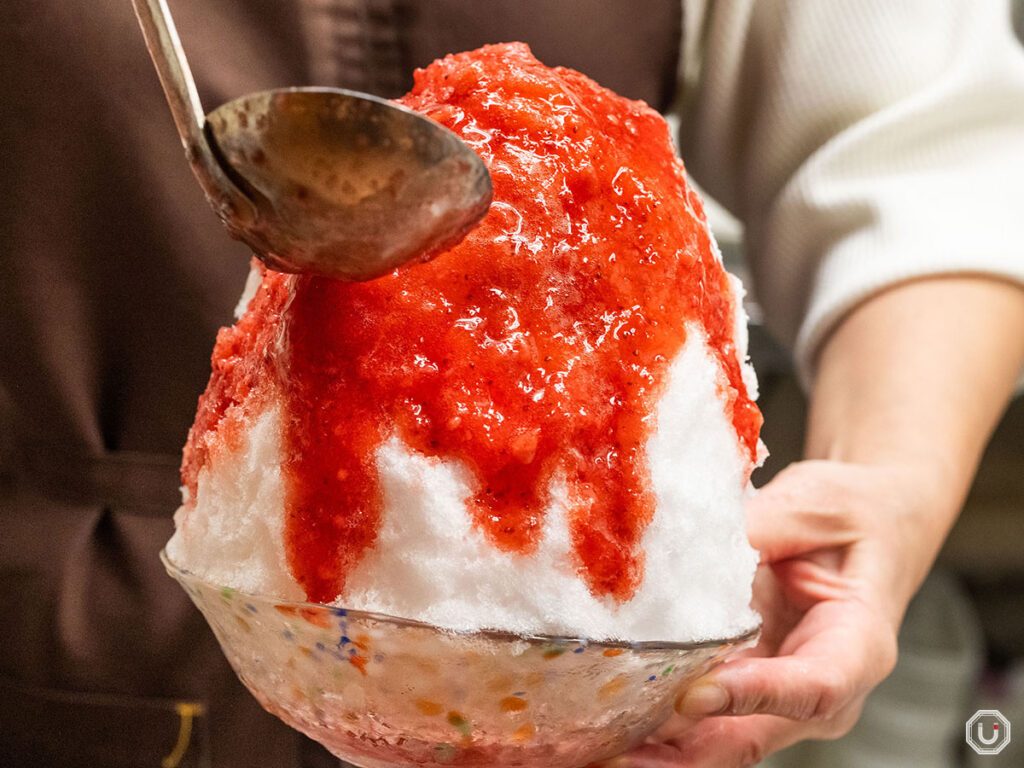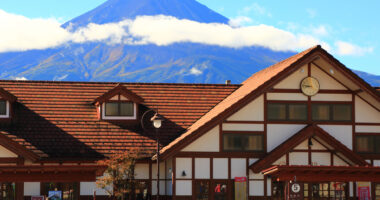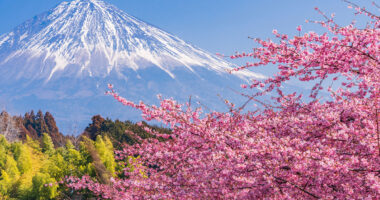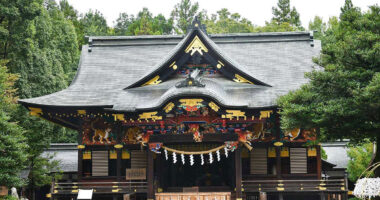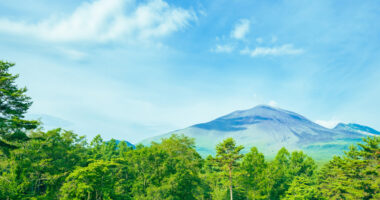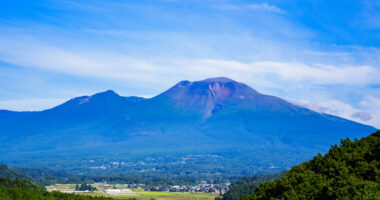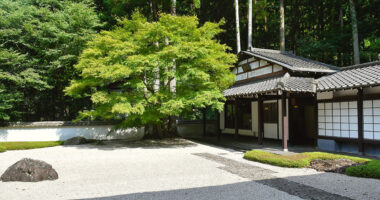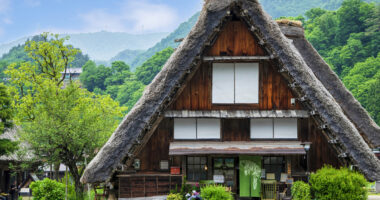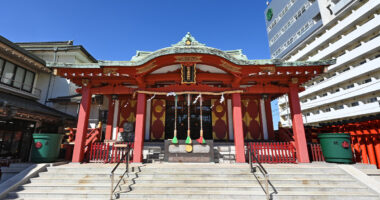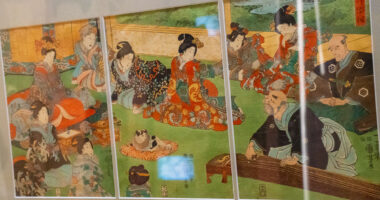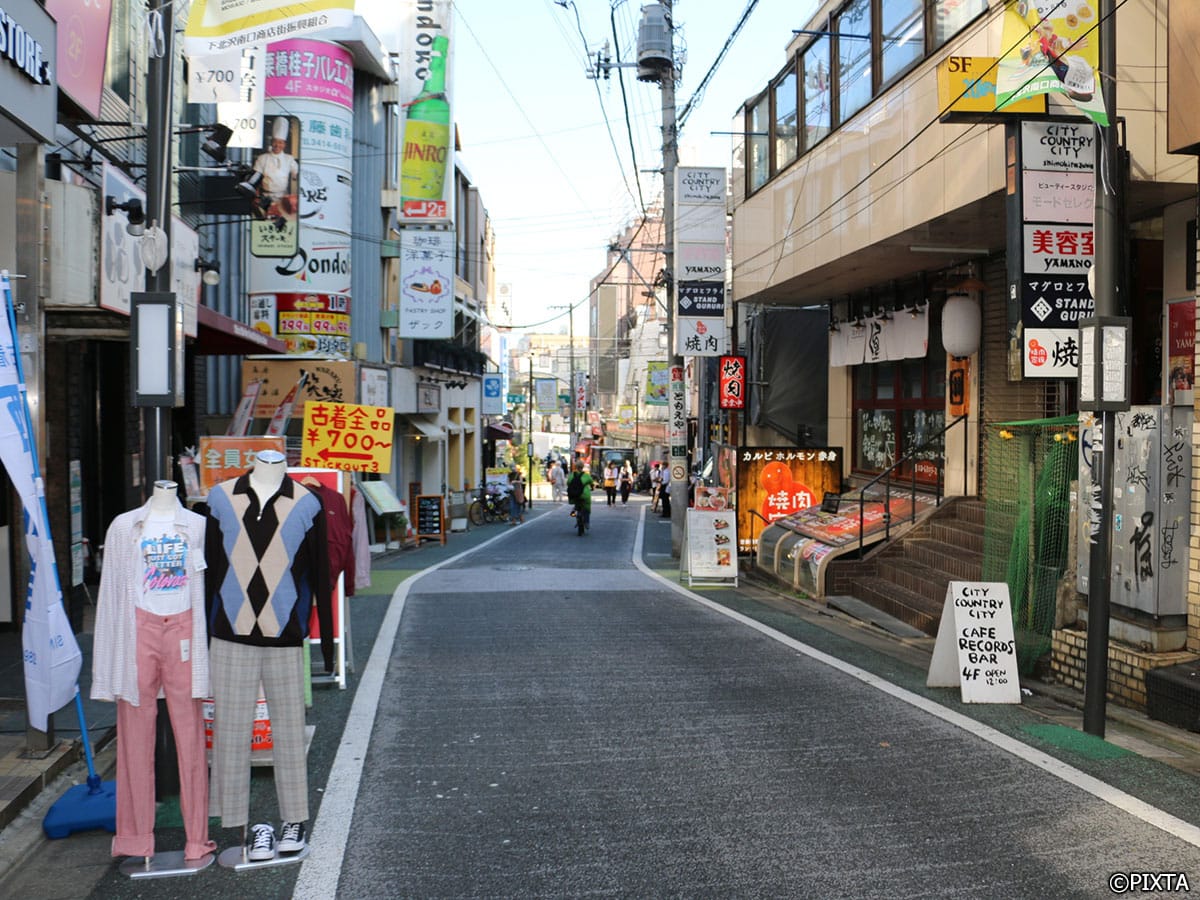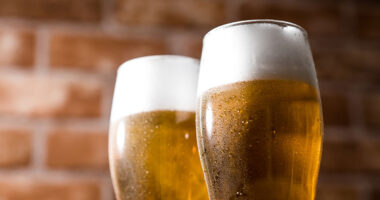As summer begins in Japan, kakigōri (shaved ice) appears on street corners and festival stalls, announcing the season’s arrival. Thinly shaved ice topped generously with colorful syrups, kakigori is a quintessential Japanese way to cool down.
Once a summer festival staple, kakigori has grown into a dessert culture of its own, with specialty shops now dedicated entirely to it.
While Korean patbingsu, Taiwan’s xue huabing (snowflake ice), and Hawaii’s shave ice share similarities, Japanese kakigōri stands out for its fine, fluffy texture and carefully layered flavors. Over time, it has developed into a distinctly Japanese art form.
With its increasingly elaborate presentation and use of high-quality ingredients, kakigori has captured attention not only across Japan but also overseas, often shared on social media as “Japanese Kakigori,” rather than just standard shaved ice.
Kakigori recipes: how to make Japanese kakigori
To fully enjoy kakigori at home, the first step is to invest in a proper ice shaver. High-quality home machines are now widely available, capable of producing the same soft, fluffy ice you’d expect in a cafe.
For the best results, use clear ice frozen slowly in your home freezer. This prevents unwanted flavors and ensures a smooth, clean melt in the mouth.
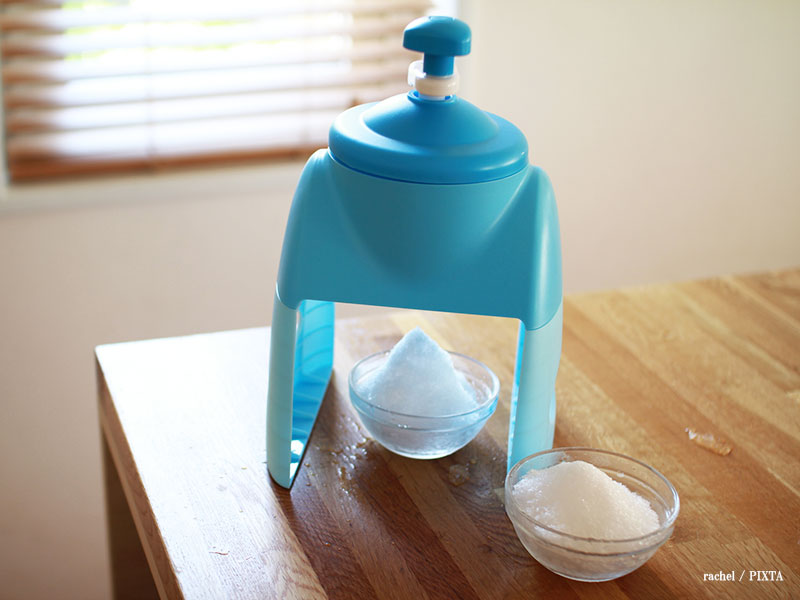
An ice shaved for homemade kakigori
Once shaved, drizzle your favorite syrup over the ice. Store-bought syrups are usually inexpensive (about 500–1,000 JPY) and come in a wide variety of flavors, with strawberry and melon being the timeless classics.
For a more refined kakigori, try making homemade fruit sauces by simmering fresh fruits. Adjusting sweetness and sourness lets you create your own signature taste.
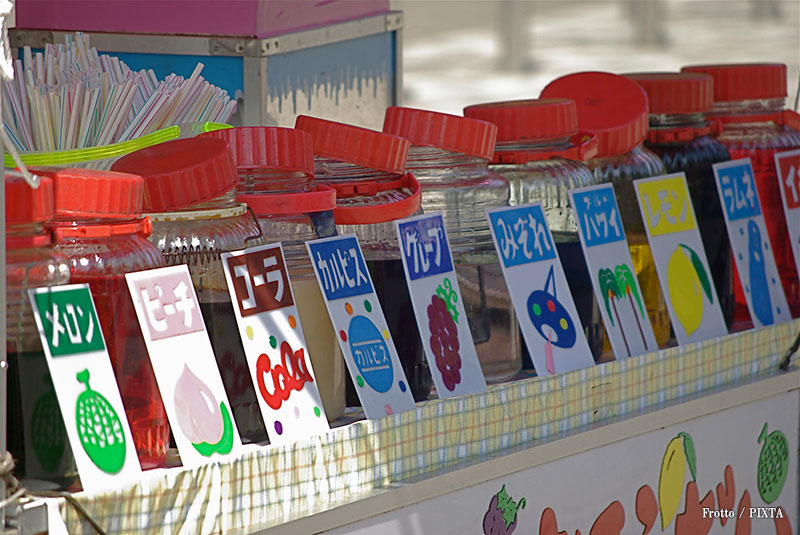
Kakigori syurp
Toppings transform a simple bowl into something luxurious: condensed milk, sweet red beans, shiratama (white flour dumplings), or vanilla ice cream are classic additions. More modern toppings—like pudding, cheese-flavored cream, or nuts—have also gained popularity.
Making kakigori at home is endlessly customizable. From ingredients to presentation, you can design a one-of-a-kind shaved ice creation that reflects your own style.
Kakigori vs other shaved ice
Across the globe, many cultures have their own version of shaved ice. What makes them unique is the texture of the ice, flavoring styles, and regional toppings.
Korean patbingsu
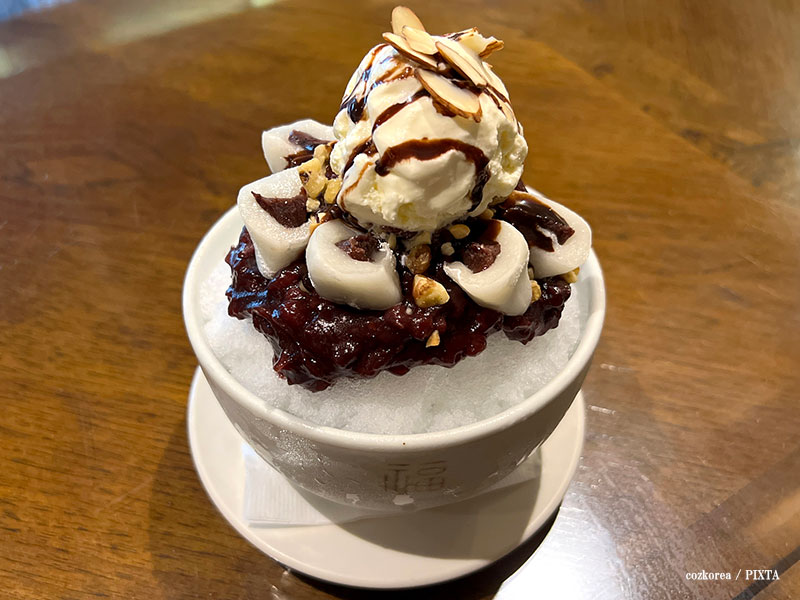
Korean patbingsu
The name patbingsu combines pat (red beans) with bingsu (shaved ice). True to its name, the dessert typically features red bean paste, alongside fruits, jellies, ice cream, and even cereal.
Its finely shaved ice is similar to kakigori, but the sheer volume of toppings makes it feel closer to a parfait.
Taiwanese xue huabing
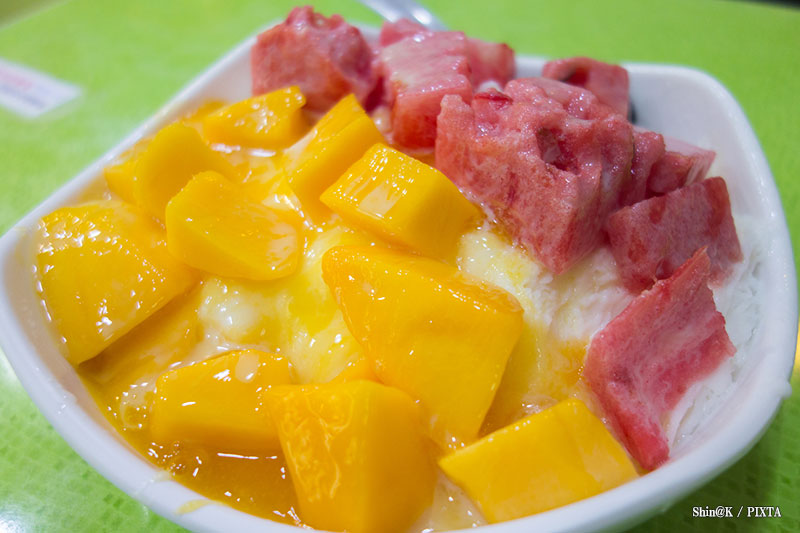
Taiwanese xue huabing
Taiwanese xue huabing is made by shaving frozen milk or fruit juice. Because the ice itself is flavored, every bite is filled with sweetness and aroma.
The texture is also distinctive—rather than fluffy, it has a smooth, melt-in-your-mouth quality.
Common toppings include condensed milk, mango, tapioca, and other tropical flavors typical of Taiwan.
Hawaiian shave ice
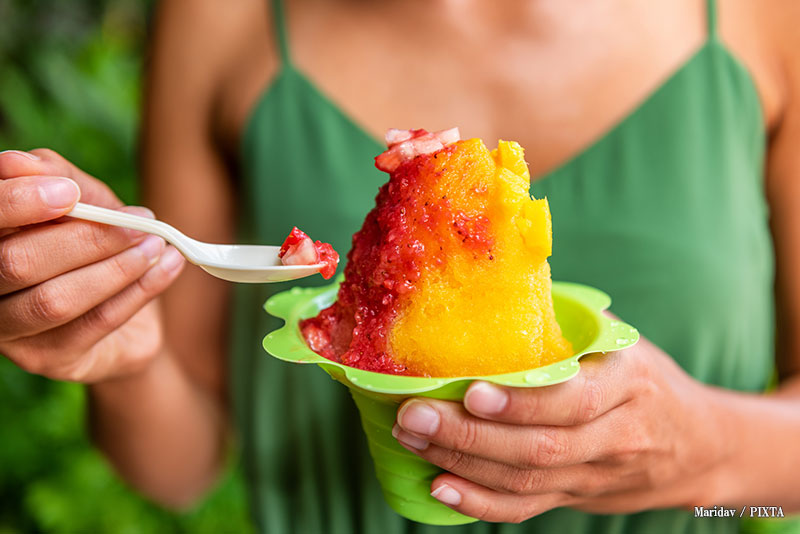
Hawaiian shave ice
Hawaiian shave ice is characterized by finely shaved ice topped with colorful syrups, creating a visually striking treat.
Compared to Korean patbingsu or Taiwanese xue huabing, it is the style closest to the classic Japanese kakigori.
The ice is shaved slightly coarser, giving it a crisp texture. Rainbow-colored syrups and variations with ice cream at the bottom are common, adding a playful touch that makes shave ice so popular.
Classic and popular kakigori flavors
In recent years, kakigori has evolved beyond a simple cold dessert into a sophisticated treat that delights both the taste buds and the eyes.
From classic strawberry syrup to traditional Japanese flavors like matcha, and from unique toppings to creative variations, the joy of choosing your combination is part of the appeal.
Strawberry kakigori: a timeless classic
When you hear “kakigori,” the first flavor that comes to mind is usually strawberry syrup. It’s a classic flavor found at almost every shop.
The bright red color and sweet-tart, familiar taste are loved by people of all ages.
At specialty shops like Ueno’s “Ueno Kakigōri Senmonten Yondaime Ōnoya Hyoushitsu,” the strawberry syrup is carefully simmered from real fruit, resulting in a rich flavor that tastes almost like fresh strawberries themselves.
The delicate texture of the ice combined with the presence of the fruit creates a sense of bliss in every bite.
Matcha kakigori: a taste of Japan
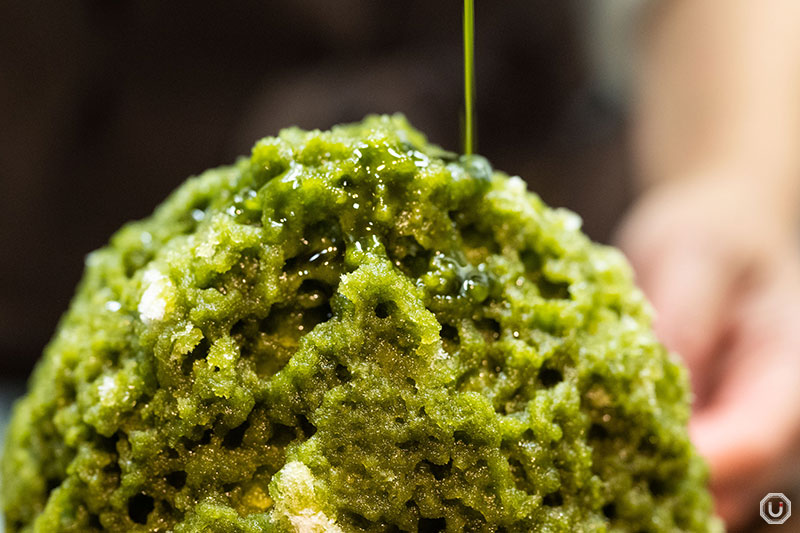
Kakigori at Saika
When it comes to flavors that evoke traditional Japan, matcha stands out. Kakigōri made with high-quality matcha offers not just sweetness, but also subtle bitterness and a layered aroma, making it uniquely enjoyable.
At “Saika” in Asakusa, the shop takes great care in selecting the origin and variety of matcha used in its syrups.
In particular, kakigori made with Uji matcha from Kyoto—a region renowned for its tea—features a smooth, rich flavor with a perfect balance of sweetness and bitterness.
Creative kakigori toppings and sauces

Kakigori at Hachiya
With creative toppings, the world of kakigori expands even further. At “Hachiya,” a 10-minute walk from Harajuku Station, you can enjoy visually delightful and surprising kakigōri creations.
The limited-time kakigori introduced in August 2025 features a unique combination of chewy gyūhi (rice cake), peanut-flavored karintō (sweet deep-fried wheat snack), and fresh aloe, making for a standout treat.
It’s a perfect example of modern kakigori that transcends the boundaries between Japanese and Western flavors.
New evolving styles of kakigori
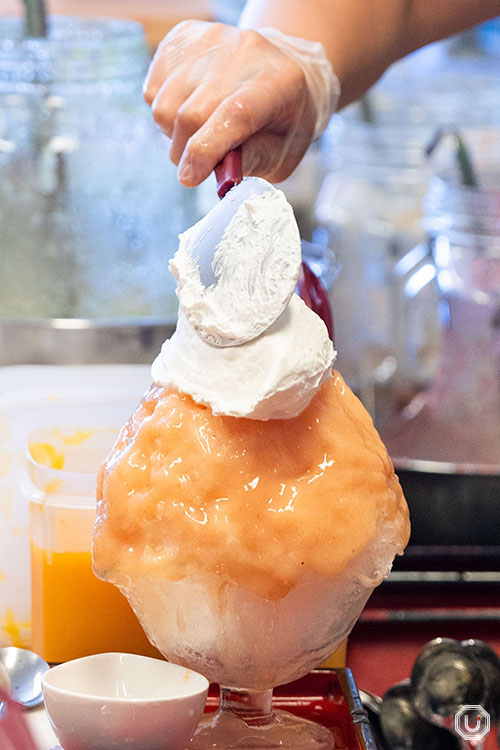
Kakigori at Himitsudō
More luxurious, more carefully crafted—these evolved versions of kakigōri are also attracting attention.
At the popular shop “Himitsudō” in Nippori, kakigori layered with homemade condensed milk and original toppings like yogurt and whipped cream are especially popular.
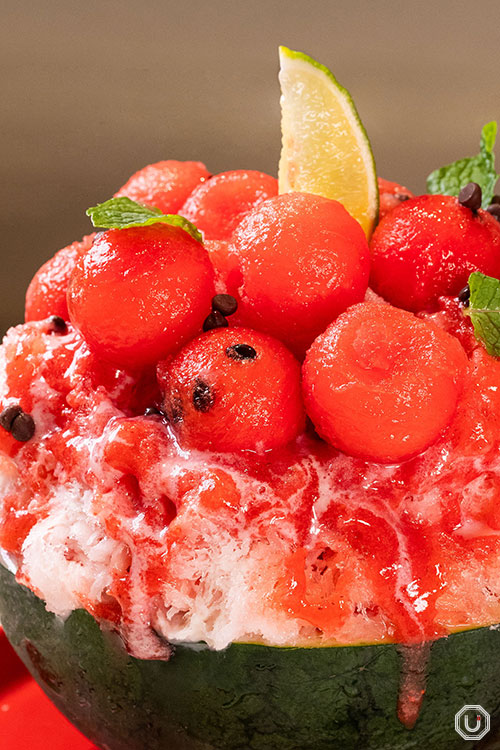
Kakigori at Horiuchi Fruit Farm TOKYO Solamachi
At “Horiuchi Fruit Farm TOKYO Solamachi” in Oshiage, they serve generously sized kakigori made with whole, seasonal Japanese fruits.
The syrups are also made by simmering the fruits, so each luxurious serving lets you enjoy the natural flavors of the fruit together with the ice, offering a level of satisfaction akin to a parfait.
Although kakigori is a simple combination of shaved ice and syrup, it has evolved greatly over time, influenced by regional flavors, culture, and the changing eras.
In addition to classic syrups like strawberry and matcha, unique toppings and innovative recipes have emerged, making it a dessert that can be enjoyed year-round.
Why not set out to discover your own favorite flavors, no matter the season?
※Menu items, prices, and store details are accurate as of August 2025.
